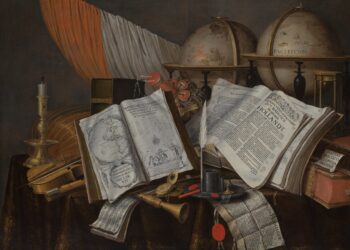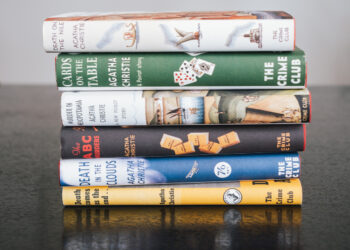At a recent publishing conference I attended, participants were asked to discuss their plans to move to an all-digital (as opposed to digital first) world. I was pleased to hear a consensus that print remains both viable and a desirable medium for our customers, particularly for the intense and in-depth reading required by scholarly publications. In the age of the disposable, when content is devalued and publishing fast is more important than publishing well, it’s a joy to take a moment’s rest, to step back and appreciate the physical object of the book.
Discussion
6 Thoughts on "The Art of Making a Book"
Reblogged this on Evidence-based Networks and commented:
I’ve written about the enduring usefulness of printed books here: http://www.maverick-os.com/category/blog/. This video shows the beauty of the craft of bookmaking.
I appreciate David’s comment and strongly agree. Depending on the content and genre there will be still a demand for a physical book. In my private bookshelf are thousands of books – however I bought not a single printed copy this year but more than a dozen e-books myself.
Unfortunately, the attached video says me that it “is not available” – a copyright issue? ((that’s why I love CC-BY, too 😉 ))
Book Art is alive and well as well as artist books. One example:
I had the pleasure of working at Princeton University Press for 22 years when it still had its own printing plant and so was able to be exposed to the art of bookmaking directly. PUP was the last US press to operate its own plant; Toronto still does. Of course, our plant, while it used hot-metal composition and flatbed presses for printing, did not offer books bound in leather over boards! As a rare book collector, however, I do have plenty of specimens of the bookbinding art as well, including an incunabulum (1483) that is bound in vellum.
Is the music in the background not “Softly, I will leave you?”
Reblogged to https://bookzoompa.wordpress.com/ where the art of the book is alive and well.
Thanks for posting such a well done video of hand bookbinding. I particularly liked watching the trimming of the edges.



